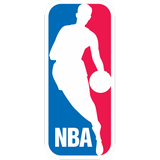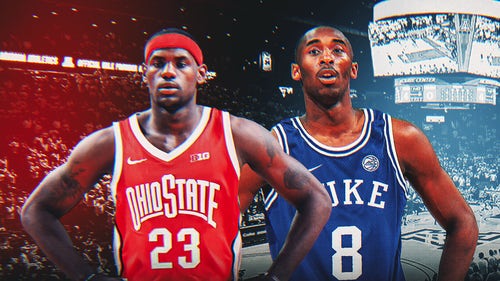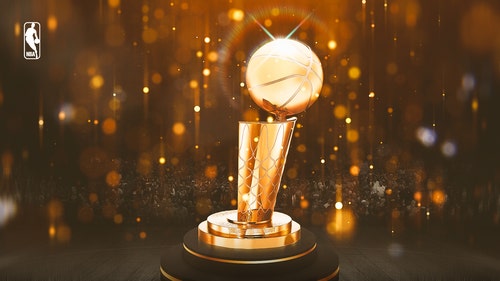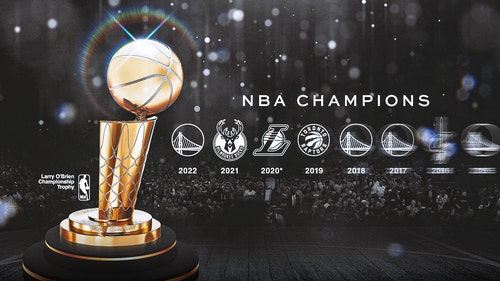
Some humble suggestions for the Heat
The biggest problem facing Heat coach Erik Spoelstra is finding a way to fit his new players into a system that maximizes the special talents of all of Miami’s dynamic threesome. How to allot shots, playing time and ego massages?
I would never presume to think that I have a more intricate knowledge of Xs and Os than Spoelstra (or any other NBA coach). Nor do I believe that I know the ins and outs of the Heat's personnel nearly as well as Spoelstra does.
However, as a longtime coach in the CBA and a lifelong student of the game, I do know enough to suggest a few offensive sets that might integrate LeBron, Bosh and D-Wade into a cohesive combination.
I believe it’s imperative that James incorporates two duties into his game plan: Playing the low post, and setting screens.
So, it would be a devastating situation if LeBron and Wade could run high screen/rolls on the left-center area of the court. This would enable Wade to dribble with his right hand into the middle and — whether the opposition switches or not — he’d frequently be able to turn the corner and create havoc in the lane. This eventuality would bend the defense totally out of shape and lead to uncontested shots all over the place.
Meanwhile, LeBron could wait a count and then cut in Wade’s wake — much like Amar’e Stoudemire did when Steve Nash penetrated. Or if Wade should get strung out, LBJ could simply roll to the rim and catch the ball on the move in the paint — an unstoppable circumstance.
Mike Miller would be situated on the right wing to take advantage of defensive help coming from there. Spot up Zydrunas Ilgauskas along the baseline on the left wing for another open jump-shot possibility. Have Bosh high on the left wing, moving to replace LeBron.
Or else, if the middle is clogged, LeBron could be given the ball somewhere near the foul line in an isolation situation, where he’d be only one or two dribbles away from a dunk — and where it would be impossible for him to be double-teamed.
Here’s another set that would be extremely effective: Remember the low screen/rolls that Gary Payton and Shawn Kemp used to run under George Karl’s direction in Seattle? They ran their stuff on the left side, with Kemp’s screen originating about three feet above the box and another three feet away from the boundary of the lane. GP had an easy time taking his right hand to the rim and/or finding Kemp open for either short jumpers or one-dribble dunks.
Imagine the Heat running this same kind of play, with LeBron setting the screen for Bosh on the right side of the court. Bosh wouldn’t need to create much free space or free time to dribble left and pop, a possibility that would force LeBron’s man to take a step up and into the middle to challenge Bosh. This would then put Bosh’s man on LeBron’s back, and a simple flash-step into the paint would put LBJ in optimum scoring position in the shadow of the rim.
In fact, this play — with Miller and Ilgauskas sliding into open wing areas — would be impossible to adequately defend.
Here’s another setup: Put LeBron on the left box with the ball in Eddie House’s hands a step above the left elbow, and with Miller high on the left wing. Then have Bosh or Wade make a baseline cut that starts from the weakside and terminates with a swing around LeBron and a return to where they started from. To avoid a simple mid-lane entry pass to the cutting Bosh/Wade, LeBron’s defender would have to step out and impede the cutter’s curl. Or else the cutter’s defender has to top the screen and allow Bosh/Wade an open 15-foot jumper from the baseline.
Should LeBron’s man move to shadow the cutter, then LeBron would have incredible position in the low post and a pass whipped to Miller and then inside could take advantage of LBJ’s having the baseline wide open.
The basic principle behind all of these sets is the truism that screeners who set good screens usually wind up with good shots. In addition to this benefit, having LeBron set as many screens as possible would get the ball out of his hands and put some pep into the offense. Also, with LeBron in the low post, his passing ability would cut up defenses, he could go up over any defender — including most bigs — and he’d mostly be a finisher instead of a fuse-delayed facilitator.
The closer LeBron is to the basket when he receives a pass, the more difficult it will be for defenses to rotate to him.
Moreover, Wade would have no problem driving and either sliding interior passes into LeBron or else kicking out potential assist-passes to Bosh, House or Miller.
Also, to get Miller on the court as much as possible, Bosh should be plugged into the center spot against finesse big men.
For sure, when Wade is taking a blow, James could then be put into the up-top, one-on-one situations that he favors. But this should be done only as a change-up, and as a reward for his doing some heavy-duty work in the trenches.
However, before any of these particular wheels are set in motion, the primary focus of the Heat’s offense should be to run, gun, stun and have fun.
If you have a question, comment or column idea for Charley Rosen, please email rosenroundball@gmail.com and he may respond in a future column.










